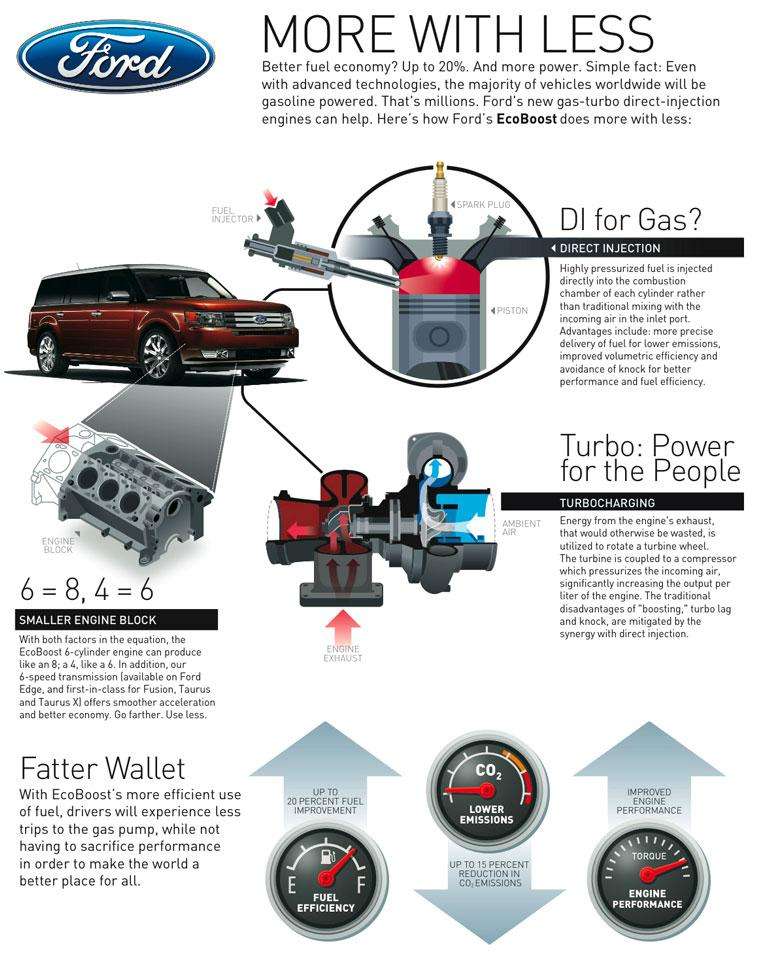1. A turbocharger doesn't increase the power output and efficiency of a car directly. The turbocharger just increases the efficiency of the engine.
2. A turbocharger consists of a turbine to use the pressure of the exhaust gases to drive an air-compressor which increases the density of air going into the engine cylinder which essentially means more oxygen is pumped into the engine and hence the fuel burns better and more efficiently.
3. Turbo lag is the time taken for the turbocharger to reach speeds above which it can work effectively. Turbo lag is reduced by the use of VGTs (Variable Geometry Turbochargers). In a VGT the aspect ratio or vane angle of the turbine can be altered according to the engine speeds.
4. A turbocharged engine should be idled for 15 seconds before switching off the engine so that turbochargers runs at lower exhaust gas temperatures for some time and the lubrication oil supply is not abruptly cut-off.
5. The first car to use a turbocharger was General Motors' Oldsmobile Cutlass in 1962. The first bike to come with a turbocharger was the 1978 Kawasaki Z1R TC. The turbocharger boosted the bikes power output from 90 hp to 105 hp.






